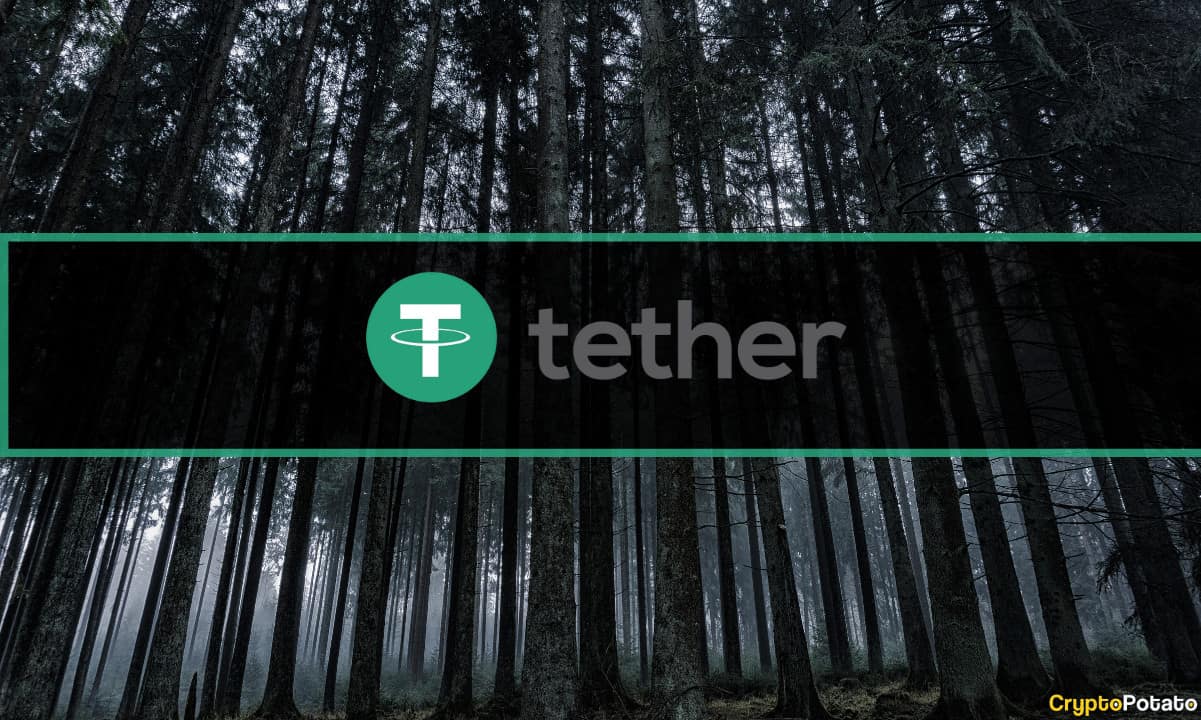[ad_1]

In a somewhat surprising turnaround, Tether Holdings has resumed its stablecoin lending activities from its earlier intention to scale down such operations.
The company has reinitiated the lending of its own stablecoin – USDT – to clients after a temporary hiatus lasting less than a year. This decision was prompted by a surge in short-term loan requests from valued, long-term clients during the second quarter of 2023.
Revival of Stablecoin Lending
The report by the Wall Street Journal highlighted that the issuance of new loans was confirmed by a Tether spokesperson, Alex Welsh.
According to her, these loans are projected to be fully discontinued by the year 2024. She also emphasized that these loans have played a crucial role in helping customers avoid defaulting on their current obligations while simultaneously enhancing liquidity.
The latest financial quarterly report released by the company stated that the total value of its loans amounted to $5.5 billion as of June 30. This represented a slight uptick from the previous quarter’s figure of $5.3 billion.
Stablecoin loans had gained widespread popularity as a lending offering from Tether, enabling clients to secure USDT loans by providing collateral. However, the WSJ report underscored that these collateral-backed loans remain mired in controversy due to the stablecoin issuer’s lack of transparency.
This isn’t the first time that the WSJ raised doubts about Tether’s capability to fulfill redemption demands during periods of financial turmoil. In December 2022, a report published by the publication expressed apprehensions regarding both the products and the assertions that the loans were not entirely backed by collateral.
To dispel the FUD, Tether subsequently announced plans to reduce secured loans to zero starting this year and added that the loans were overcollateralized.
However, the company has pushed back against the narrative presented in the latest article by questioning the motivations behind media coverage and suggesting that there may be attempts to manipulate public perception.
Tether’s Response
In response to the WSJ report, Tether defended its action to resume stablecoin lending activities and emphasized its commitment to the security and stability of its operations. The company said that traditional financial institutions are not effectively meeting the needs of their customers, and it implies that this situation is negatively impacting the economy.
While highlighting the fact that Tether has accumulated more than $3.3 billion in excess reserves, the USDT issuer added that it is on track to make a yearly profit of $4 billion. It also argued that this level of profitability and its excess reserves are effectively offsetting the secured loans and keeping the profits within its balance sheet.
“The banking industry is facing significant challenges and has proven incapable of keeping up with evolving global financial markets, something the Wall Street Journal has disregarded countless times in pursuit of tarnishing the reputation of true innovators like Tether.”
Meanwhile, Tether is one of the world’s top buyers of United States Treasury bills. As reported by CryptoPotato, Tether has now raked in a substantial $72.5 billion in US Treasury bonds, placing itself in the 22nd position worldwide, surpassing countries such as the United Arab Emirates, Mexico, Australia, and Spain in terms of Treasury holdings.
Binance Free $100 (Exclusive): Use this link to register and receive $100 free and 10% off fees on Binance Futures first month (terms).
PrimeXBT Special Offer: Use this link to register & enter CRYPTOPOTATO50 code to receive up to $7,000 on your deposits.
[ad_2]
Source link
